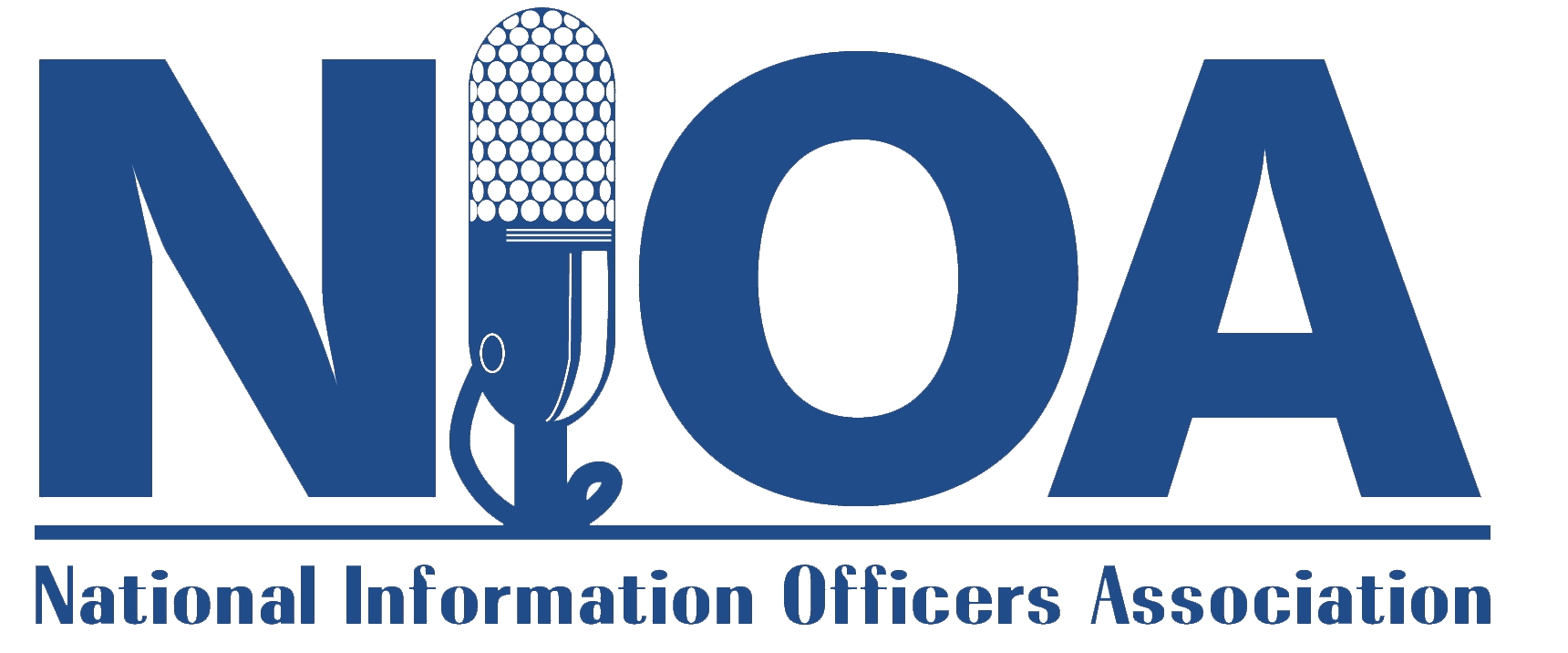Jessica Levco of Ragan Communications has given me permission to reprint this article. I thought this one could benefit all of us. Many NIOA members are new to social media and even to the role of public information officer. For those of us a bit more “seasoned” we can always use a quick primer on new trends that may enhance — or possibly even improve — our jobs.
Feel free to comment here on this article, but you may also let Jessica know your comments at the original post site.
How to get started in social media
By Jessica Levco
jessical@ragan.com
Set objectives and measure progress or your efforts will fail
Because consumers are most influenced by people they know, social media sites such as Twitter and Facebook are becoming the most powerful corporate communication tools, according to Josh Bernoff, vice president and principal analyst at Forrester Research.
“It’s all about connecting with people,” said Bernoff, co-author of the book “Groundswell” and a keynote speaker at Ragan’s recent Social Media for Communicators conference in Las Vegas.
Social media expert Shel Holtz agrees. “Trust in a traditional spokesperson is low, trust in businesses has plummeted and so has trust with authoritative figures,” said Holtz. “We’re more likely to trust our peers, our friends and word-of-mouth.”
But before you dive into social media, set a clear objective, Bernoff warned.
He cited the example of a retailer who called him for help. The company wanted to start an online community because a competitor had one. An online community is a great idea, but you have to know why you want one, Bernoff said. “Are you trying to learn more about your customer? Spread a marketing message? To improve your retail?”
The retailer answered his questions with an embarrassed silence, Bernoff said.
“If you don’t know why you’re blogging or going on Facebook, you won’t succeed,” he added. “When the budget ax comes along, you’ll get cut if you don’t have a clear objective and a way to measure the progress.”
“If your goal in getting into social media is to get your feet wet, then the outcome is wet feet,” added social media expert Katie Paine. Pick an objective such as, “generate sales leads,” or “increase customer newsletter subscriptions” for a measurable starting point.
Identifying key influencers helps shape your objective.
“Figure out who the most important person in your market is,” Bernoff said. “Ford found out that a key mommy blogger was going to buy a new minivan. So, they loaned her one for a test drive. She wrote about it.”
It’s your job as communicators to find out where your key influencers are, and how to connect with them. Remember, not everybody participates in social media in the same way.
Here are few different types of users:
Creators: These users create content — they blog, upload videos or write articles. Although they’re not a majority of users, it’s essential to reach them.
Consider a blogger outreach campaign to reach them, Holtz said. “It’s a dicey proposition to get bloggers to write about your product, but it could work.”
Critics: They react to content, rather than create it. They often comment on blogs and participate in discussion forums.
Joiners: Members of LinkedIn, MySpace and Facebook.
“Get them talking about you by creating a fan page or group,” Holtz recommended.
Spectators: They read, but don’t participate in the discussion.
“They don’t let you know who they are, but they’re out there,” Holtz said. “They’re the toughest group to measure.”
In-actives: People who don’t participate at all.
“There’s nothing you can do with them,” noted Holtz. “They’re mainly focused on traditional media.”
Measuring ROI
According to “The ROI on Social Media Marketing” report from the Aberdeen Group, 63 percent of companies will increase their social media marketing budgets this year.
But about 60 percent of the companies said they found it “difficult” or “very difficult” to measure social media marketing.
Here are four tips from Paine to get you started.
1. Define the benefits. Determine the benefits that you want to quantify when you measure social media, advised Paine. For instance: increase sales, reduce turnover or improve reputation. Then be clear about how communications contribute to those outcomes.
2. Define your benchmarks. “We don’t have reliable numbers on how many people read a specific blog,” said Paine. “So your benchmarks have to be something like your past performance, or your reputation versus that of your competition.”
3 Select a measurement tool. Paine suggested using Web sites such as Technorati and Sphere or Radian 6 to keep an eye on conversations about your organization and measure “engagement” of your audiences. You also will need some good Web analytics such as Google Analytics, WebTrends or Omniture to figure out what actions your audience is taking.
4. Analyze. “Research without analysis is just trivia,” said Paine. Figure out what actions you should take based on your social media conversations, and which tools (blogs, podcasts, YouTube, social networking sites, virtual communities) work better than others in generating conversations about your organization.
Contact Ragan Communications:
Lawrence Ragan Communications, Inc.
111 E. Wacker Dr., Suite 500
Chicago, IL 60601
Or visit their web site at www.ragan.com.
